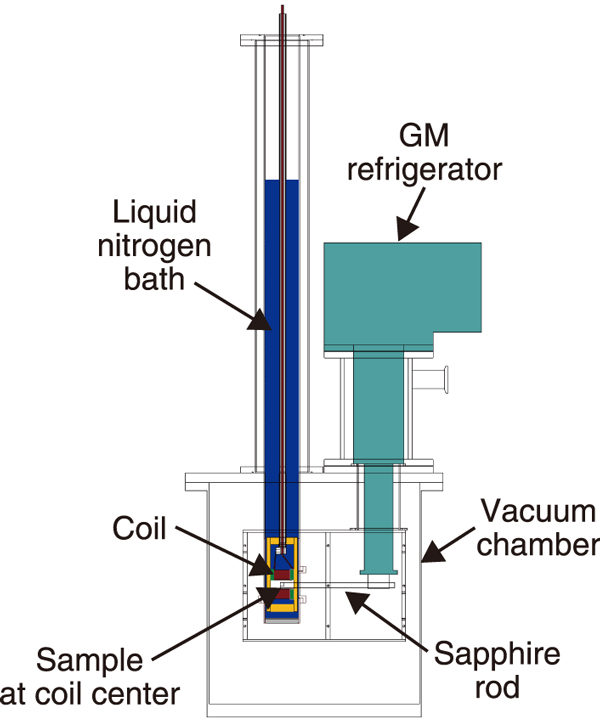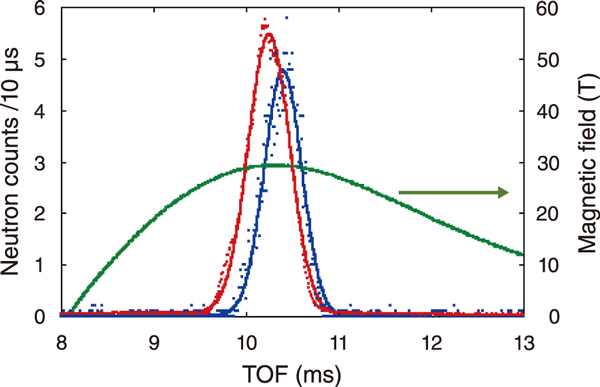
Fig.1 Configuration of the pulsed magnet system

Fig.2 Arrival time of diffracted neutrons and time variation of the pulsed magnetic field
Various measurement techniques such as magnetization, electrical resistivity, specific heat, electron spin resonance, and nuclear magnetic resonance were developed to be applied under high magnetic fields. High magnetic fields have become indispensable in material science. These techniques have been developed mainly in facilities using high magnetic fields. Neutron-scattering experiments using high magnetic fields are recognized as a very important method because they can directly determine the magnetic structure and provide information on the origin of phases induced by high magnetic fields. In a reactor-based neutron beam facility, the equipment that generates a steady magnetic field is effective because neutrons are generated steadily; however, superconducting magnets can be used to generate fields only up to a maximum of 17 T. To generate a steady magnetic field of more than 20 T, expensive equipment is required. For example, a reactor-type neutron beam facility in Germany was equipped with massive equipment to generate 4 MW, generating up to 26 T.
On the other hand, in the Japan Proton Accelerator Research Complex (J-PARC), some users required us to install a pulsed high magnetic field equipment. Pulsed magnetic fields do not require large amounts of power as well as large equipment. Therefore, our group proceeded to develop a pulsed magnet system capable of generating a high magnetic field of 30 T. The equipment was designed to be compact and portable to allow it to be transported to multiple beamlines. Fig.1 shows the configuration of the developed pulsed magnet system. The coil is made of a silver-copper alloy wire with low resistance and high rigidity.
Neutron diffraction experiments were performed using the pulsed magnet system. A multiferroic material (TbMnO3) was used as the sample. It is known that crystalline structures change slightly under a magnetic field of 30 T. Fig.2 shows an example of the experimental results to confirm the changes in the crystalline structure. The magnetic field dependence of the diffraction peaks with and without a magnetic field was clearly observed using the pulsed magnet system.
We designed, developed, and assembled the equipment using devices such as the pulse power supply and controller by ourselves in order to ensure that the equipment is easy to use in J-PARC. We realized a maximum magnetic field of 35 T and conducted neutron experiments. Currently, we are improving the magnetic field strength up to 40 T, which is one of the largest magnetic field strengths applied for sample environment equipment in neutron beam facilities.
This research is a part of a collaborative effort with Tohoku University.
(Masao Watanabe)